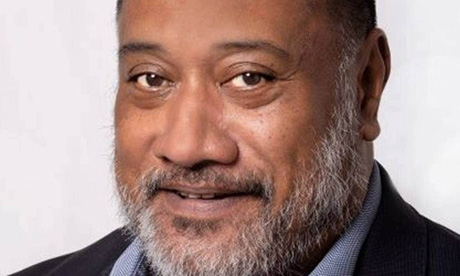“What we’ve got here is failure to communicate,” is the famous excuse the Captain uses to beat up Paul Newman’s character in the 1967 classic movie Cool Hand Luke.
But more recently, it’s the Pasifika community who are feeling battered and bruised over a series of Covid-19-related communications blunders.
Our Minister for Pacific Peoples was recently challenged on TV’s Breakfast to acknowledge the Covid-19 vaccination messaging failures. He responded that no system is 100 per cent, then skilfully dodged the question by bridging to the wider public health reforms.
He was being grilled about the vociferously vocal criticism by Pasifika leaders and health professionals, including staunch Labour Party supporters, over the Covid-19 vaccination rollout and the low Pasifika uptake – the lowest of any ethnicity we’ve been told repeatedly.
The critics contend the advice of Pacific providers and leaders has been ignored and they haven’t been part of the solution-making. The Government and Ministry of Health diplomatically disagree.
We’ll never know the internal politicking and machinations, but media-wary community leaders and health professionals don’t normally air their divisions publicly unless they’re feeling exasperated.
It usually means all in-house manoeuvrings and channels have been exhausted. And when our largest health provider The Fono is also being publicly critical, there’s definitely something amiss. That various institutions of government allowed it to reach this point is communication blunder No 1.
The next communications failing is just as complex – the vaccination data.
The media has been empathetic in its coverage of the low Pasifika vaccination rates – One News described the rollout as “stunningly unsuccessful”.
The Covid Minister and the Director-General of Health have always pushed back, arguing they’re on track with their equitable outcomes approach, but no-one has really understood what that meant. Even when the health ministry released data to prove it on August 6, it was largely ignored by the media and the low vaccination rates narrative persisted.
Admittedly, it would have been easier to crack the Enigma code than decipher the ‘equity’ chart that accompanied the ministry’s release, but it did illustrate that Pasifika vaccinations were exceeding their equity targets for almost all age groups.
Communication blunder No 2 is the hash job the ministry made of releasing and explaining the vaccination ethnicity data. Much of the consternation over low vaccination rates could have been addressed with easily digestible information and regular, clear media and community updates.
Earlier in July, a frustrated NZ Herald cobbled together their own figures, showing 7.3 per cent of Pasifika had been vaccinated and 9 per cent for Europeans. Pasifika make up 8 per cent of the population, so given older age groups were vaccinated first and Pasifika has a younger population profile, these figures were surprisingly good.
Communications failure No 3 is that most of the media didn’t pick up on this. There was little fact-checking or critical analysis of the vaccination rates early on – to be fair though, the health ministry didn’t help.
Media largely reported actual vaccination numbers as a way of showing a significant gap between European and Pasifika rates.
But understanding that the median age (age that divides the population in two parts of equal size) is almost a generation apart for European and Pasifika, would have helped explain the gap, and contextualise the ministry’s equity approach – the European median age is 41 and Pasifika is 23.
- Continue reading Communication blunder 3, and numbers 4 and 5
- Samson Samasoni is a journalist/producer and senior communications specialist who has worked in New Zealand, the Pacific, Middle East and the UK.
News category: Analysis and Comment.




